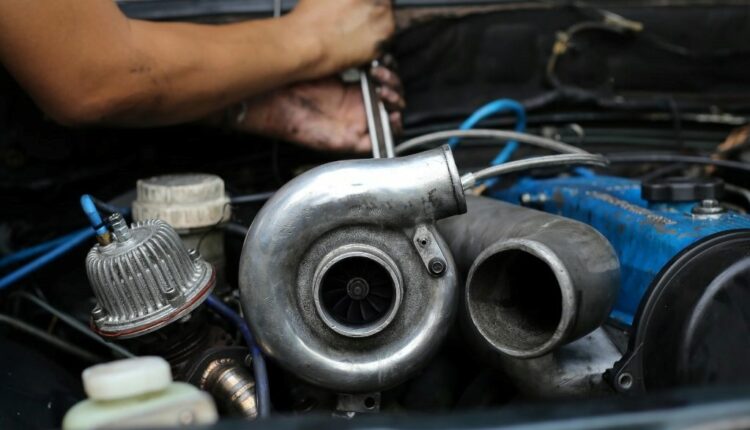Turbocharger Problems and How to Identify Them
Having a turbocharger not working correctly can quickly result in a frustrating issue. Here are a few turbocharger problems and how to identify them.
When you drive your car, you want to feel like you can take on the open road with no resistance. You love feeling the wind against your skin as your engine roars, picking up to thrilling speeds. When you want an increase in power and torque, a fantastic upgrade to add to your car is a turbocharger.
However, it’s essential to know the different turbocharger problems and how to identify them when you notice a change in your turbo performance. So let’s look at the various troubleshooting issues and figure out what might cause them so your turbo can run optimally.
Foreign Objects
When learning how to identify turbocharger problems, keep in mind that they can come from the most common places. When you’re out on the road, there’s a chance that foreign objects can end up in your turbocharger. Broken engine components, small stones, dirt, leaves, and dust particles can enter your turbo.
Debris can enter either through the turbine inlet or the compressor inlet, causing impact damage and abrasion to the turbine blades and compressor wheels, thus reducing turbo efficiency. To prevent it, replace your air filter regularly and check your turbo for loose connections.
Lack of Oil and Lubrication
Engine oil is what keeps your vehicle up and running. It helps numerous moving parts, keeps your vehicle cool while in use, and protects it from corrosion. Letting the oil in your engine go ignored can result in improper turbocharger maintenance and care.
Your vehicle can experience a buildup of carbon deposits and contaminants, causing abrasive damage inside the turbocharger. Changing your oil and oil filter regularly will prevent this problem. Check your oil regularly and follow your owner’s manual to provide the correct fluids that your vehicle and turbocharger need.
Damaged Seals
Turbochargers rely on air pressure to provide power and torque to a vehicle. However, when the seals between the compressor and the engine become cracked or worn, oil can leak into the exhaust system, making the turbo work harder to increase air pressure.
The issue is also known as over-speeding and reduces the efficiency and boost delivered by the turbocharger. So keep an eye on your turbo seals and keep them maintained; replace them when they begin to break down.
While having a turbocharger can bring many benefits to your vehicle, neglecting it can lead to irreversible damage. A functional, well-maintained turbocharger can last the lifetime of your car and provide satisfying power for years to come.
UP IN NEWS
- CUPRA’s Unconventional Approach Continues With the Opening of Its Latest City Garage in Rotterdam
- Prince Albert II of Monaco Drives the All-New McLaren Artura for an Honorary Lap of the Monaco Grand Prix
- Vitesco Technologies Relies on Infineon for SiC Semiconductors
- Volvo Cars Is First Car Maker to Join SteelZero Initiative in Support of Fossil-Free Steel Ambitions
- ŠKODA AUTO Lays the Foundation for the Laurin & Klement Campus
For all the latest automotive news, reports, and reviews, follow us on Twitter, like us on Facebook, subscribe to our YouTube page, and follow us on Instagram, updated daily.
Stay Ahead of the Curve
Unlock the World’s Leading Source of Automotive News and Analysis.
Autoscommunity.com provides innovative marketing and advertising solutions to support an advertiser’s specific campaign objectives. Customised programs leverage the best of Autoscommunity.com. Contact our sales team today and see what our team can do for your custom advertising solutions.
Please include a contact number if you are willing to speak to our sales team. You can also get in touch in the following ways:
-
WhatsApp: +971 54 453 94 67
-
Email: [email protected]
-
Please Read Our Privacy Policy



Comments are closed.